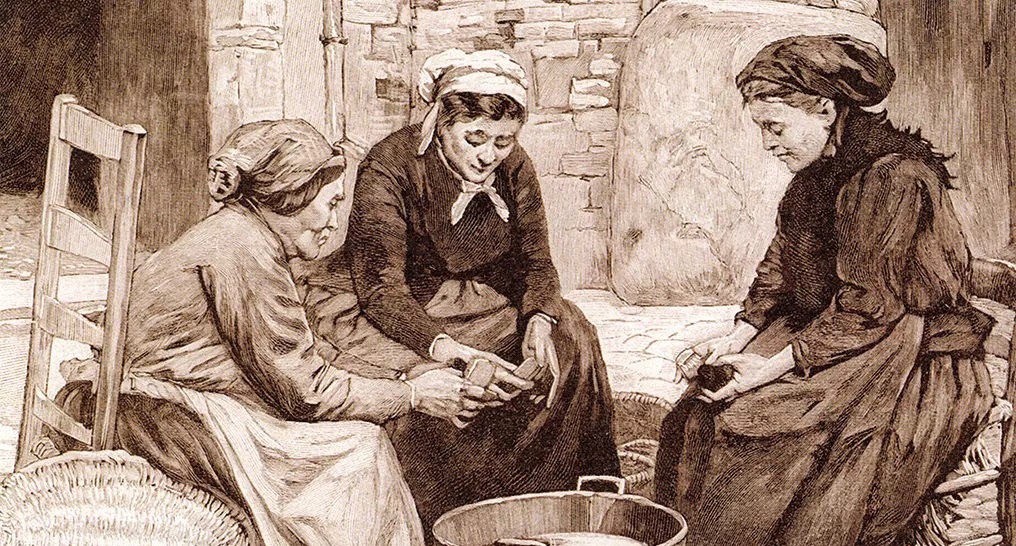I was in an orchard a couple of days ago in the midsoutheast US and saw some hazelnut trees with the Eastern Filbert Blight (EFB). The blight spreads rapidly through air borne spores during wet growing seasons, usually February through May. Most of us are aware of the threat caused by the blight and yet not everyone has seen what it looks like. I asked the orchard owner if I could share pictures and he was more than willing. Hazelnut trees sold now are generally “blight resistant” meaning about 75% of the trees are resistant while 25% will likely succumb if and when it finds its way into an orchard. I welcome comments from our researchers and forestry folks to offer more insight into the effectiveness of the resistant trees. The general guidance is to remove and burn the affected branches which this grower had attempted to do, but as you can observe by these pictures of numberous missed branches, it moves so quickly that selective pruning is akin to trying to outrun your own sweat. You may be better off to cut the tree to the ground and either remove it or let it come back from the roots as they did at the North Carolina Research Farm. I’m interested in hearing if others have experienced this in blight resistant trees and what successes folks have had in managing the infection in orchards with some degree of immunity?
Attachments:
You must be
logged in to view attached files.

 Fabrice Caporal.
Fabrice Caporal.